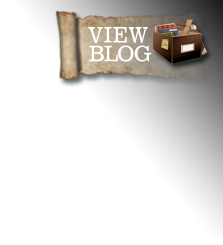




Connections: Stories of People and Research
One of the greatest pleasures of researching the Canadian Arctic Expedition over the years has been meeting and making connections with the descendents of the northerners who worked with the Expedition, and sharing and exchanging the stories of the Expedition people.
Muskox Horn Bowl
Just last summer, one of the northern students on the 2012 Students on Ice Arctic expedition to Baffin and Greenland was Carmella Klengenberg, grandaughter of Patsy Klengenberg who worked with Dr. Anderson and other CAE scientists. As part of his teaching kit, David had with him a Copper Inuit bowl, carved from a bull muskox horn, which was given to him by Isobel Purdy, Anderson’s daughter. It is very likely that Patsy may have been with Anderson when he purchased the bowl. One evening in Greenland, Carmella and I celebrated this great little piece of Arctic history by drinking from the bowl, a joyful event that last happened over 100 years ago.
Copper Inuit Kayak
A Copper Inuit kayak that has been exhibited several times at the Canadian Museum of Civilization is one of thousands of artifacts collected by the Canadian Arctic Expedition. This rare kayak came to the Museum with no information about its previous history and owner. Expedition anthropologist, Diamond Jenness, was a careful recorder of data about the items he collected, so this missing data was a mystery.
While recently searching through the diaries of Expedition biologist, Dr. Rudolph Anderson, the mystery was solved. Rather than being collected by Jenness, it was Anderson who had recognized the kayak’s significance and arranged to buy it from the Copper Inuit hunter, Kannoyuak. Dr. Anderson lent his shotgun to Kannoyuak and traded a supply of powder, lead and primers for the kayak and paddle. Years before, David had met Kannoyuak’s son in Kugluktuk and copied a photo of his father, little knowing that there would be such an important connection between the Museum’s kayak and this man, its former owner.


